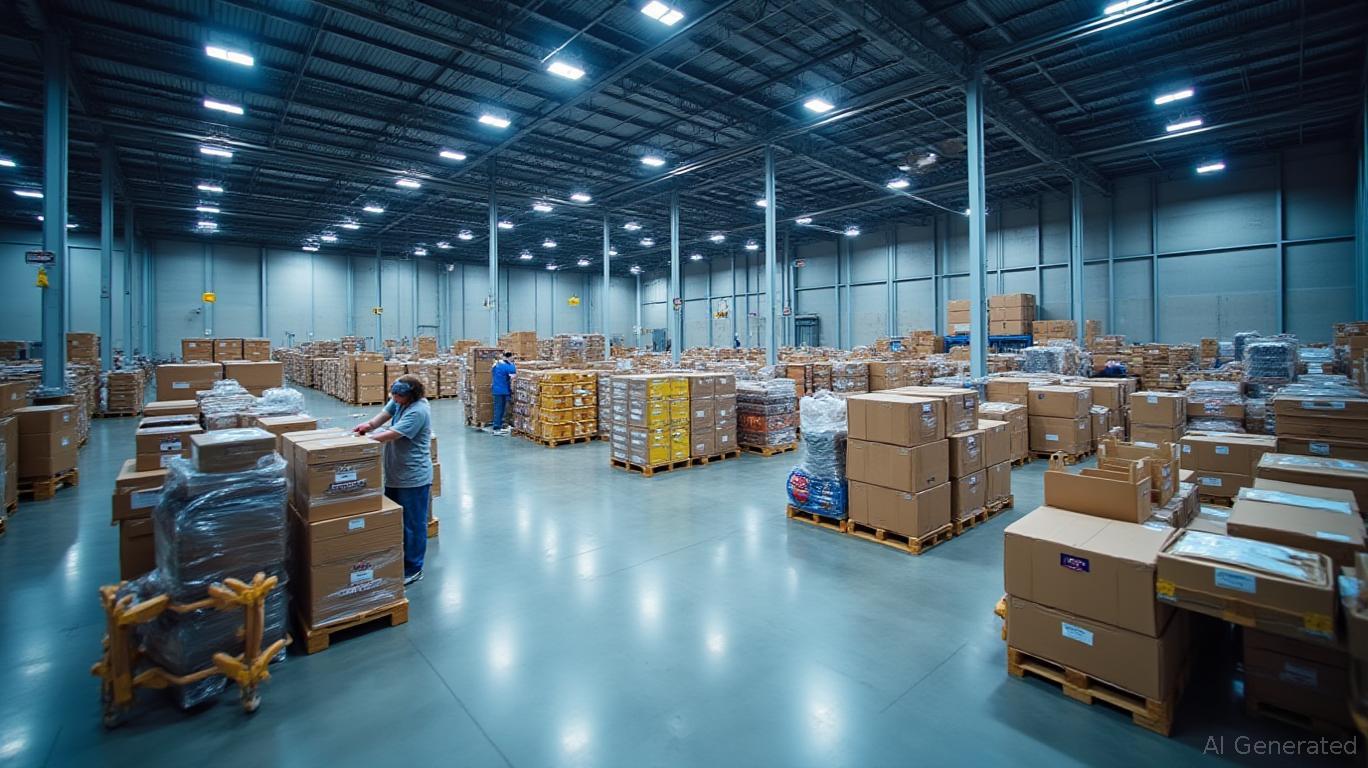Greif, Inc.'s Dividend Discipline and Strategic Acquisitions Signal Long-Term Value Creation
In an era of economic uncertainty, companies that consistently reward shareholders while investing in high-return opportunities stand out.
, Inc. (GEF, GEF.B), a global leader in industrial packaging and container solutions, has demonstrated precisely this duality. Over the past five years, the company has grown its dividend payouts steadily while deploying capital strategically to expand into high-margin markets and bolster its sustainability profile. This combination of dividend discipline and growth-oriented capital allocation positions Greif as a compelling investment for income-seeking and growth-oriented investors alike.
The Dividend Growth Story: A 5-Year Track Record of Consistency
Greif's dividend trajectory since 2020 reflects a deliberate strategy to balance shareholder returns with reinvestment. Total annual dividends have risen from $4.39 per share in 2020 to $5.09 in 2023, a 15.8% increase over four years. Class B shares (GEF.B) have historically offered a premium yield, with dividends growing from $2.63 in 2020 to $3.08 in 2023. Even in 2024—despite incomplete data—the company maintained quarterly payouts, signaling its commitment to cash returns.
This dividend growth has outpaced inflation and many peers in the industrial sector, with the payout ratio remaining disciplined. For example, in 2020, the payout ratio (dividends/net income) averaged ~80%, a manageable level given Greif's recurring revenue streams and operational resilience.
Capital Allocation: Acquisitions, Sustainability, and Efficiency
Greif's dividend growth is underpinned by a robust capital allocation strategy focused on three pillars: strategic acquisitions, sustainability-linked growth, and operational efficiency.
- Market Expansion via Acquisitions:
- In 2024 alone, Greif acquired Ipackchem, a European leader in polymer containers, and secured a majority stake in Delta Containers Manchester, expanding its IBC reconditioning capacity. These moves have deepened its presence in high-margin sectors like pharmaceuticals and agrochemicals.
The $1 billion+ allocation to polymer-based solutions since 2022 has driven adjusted EBITDA to $694.3 million in 2024, reflecting strong returns on strategic investments.
Sustainability as a Growth Lever:
- Greif's $2.4 billion sustainability-linked loan in 2022 ties borrowing costs to ESG metrics like its EcoVadis score, incentivizing green initiatives.
Its “Build to Last” strategy prioritizes circular packaging solutions, aligning with global trends toward sustainability and reducing supply chain risks.
Cost Discipline and Operational Excellence:
- A $100 million cost-reduction program (targeted for completion by 2027) integrates with its GBS 2.0 framework, enhancing lean manufacturing practices and logistics efficiency.
- The company's global logistics control tower and data analytics tools have reduced supply chain costs while improving working capital management.
Financial Resilience and Growth Prospects
Despite a challenging 2025 Q1—marked by an 87.2% decline in net income to $8.6 million (due to a prior-year tax benefit)—Greif's adjusted metrics remain robust. Excluding one-time items, adjusted net income fell just 69.1% to $22.5 million, preserving cash flow for dividends and reinvestment.
Looking ahead, the company's 2025 guidance includes a low-end target of $710 million in adjusted EBITDA, up from $145.1 million in Q1. With its focus on high-margin markets and a disciplined capital structure (leverage ratio at 3.63x as of early 2025), Greif is well-positioned to navigate macroeconomic headwinds.
Why Invest in Greif Now?
- Income Stability: A dividend yield of ~3.5% (based on recent prices) offers a competitive income stream with room for further growth.
- Sustainable Growth: Expansion into polymer-based packaging and sustainability-driven markets aligns with secular demand trends.
- Operational Prudence: The $100 million cost-reduction program and efficient capital allocation reduce long-term risk.
Risks and Considerations
- Geopolitical Risks: Supply chain disruptions and trade policies could impact industrial packaging demand.
- Debt Levels: The $2.4 billion sustainability loan adds leverage, though Greif's free cash flow of $189.8 million in 2024 provides a buffer.
Conclusion: A Rare Blend of Income and Growth
Greif, Inc. offers a compelling mix of dividend reliability and strategic growth potential. With a history of disciplined capital allocation, a focus on high-margin markets, and a commitment to ESG integration, this industrial packaging leader is poised to reward shareholders in both rising and challenging markets. For investors seeking a dividend-paying stock with a growth tailwind, Greif deserves serious consideration.
Act Now: Greif's valuation—currently trading at ~9x trailing EBITDA—suggests it remains undervalued relative to its growth trajectory. With dividends as a safety net and strategic moves fueling future returns, this is a stock to buy and hold for the long term.

Comments
No comments yet